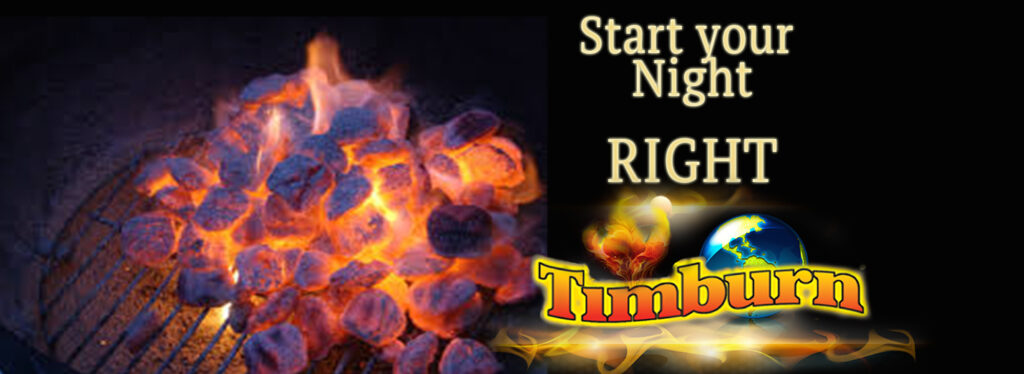Tips to Charcoal Grill Great Summer Foods!

How to Set Up a Charcoal Grill for Great Summer Foods. The key to success in any grilling project is control over time and temp. The best way will be is a uni-zoned set-up, which I will describe below. This gives you a hot direct heat zone when you need to brown the surface, and […]
